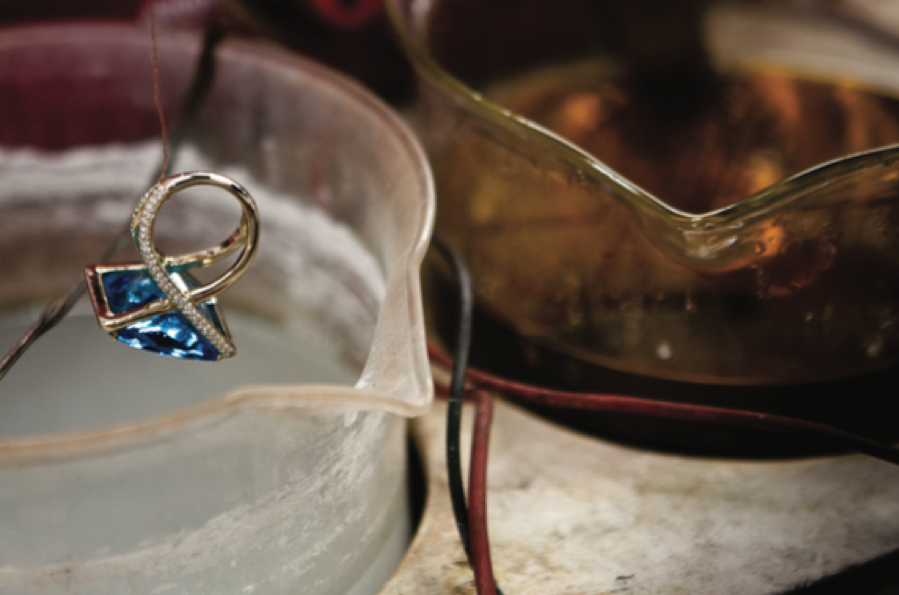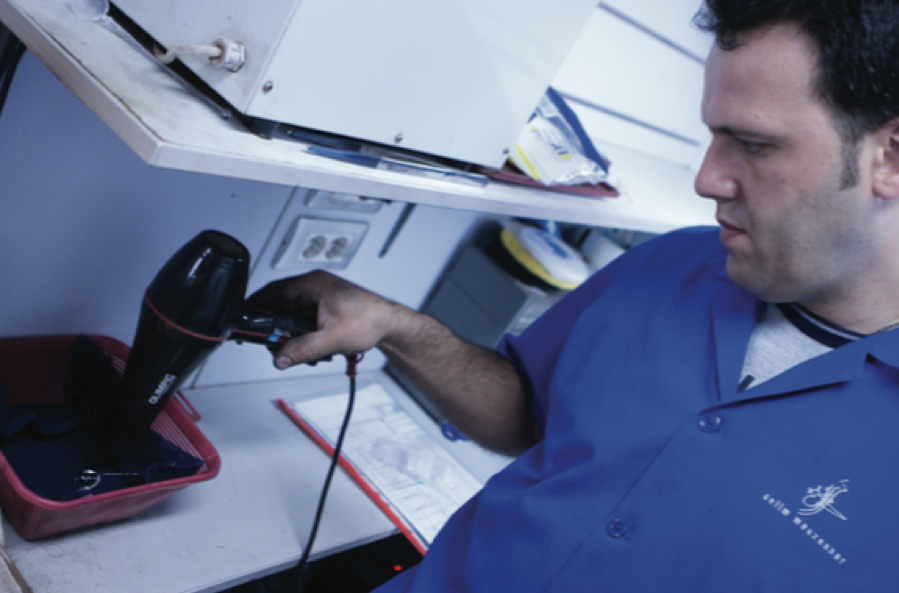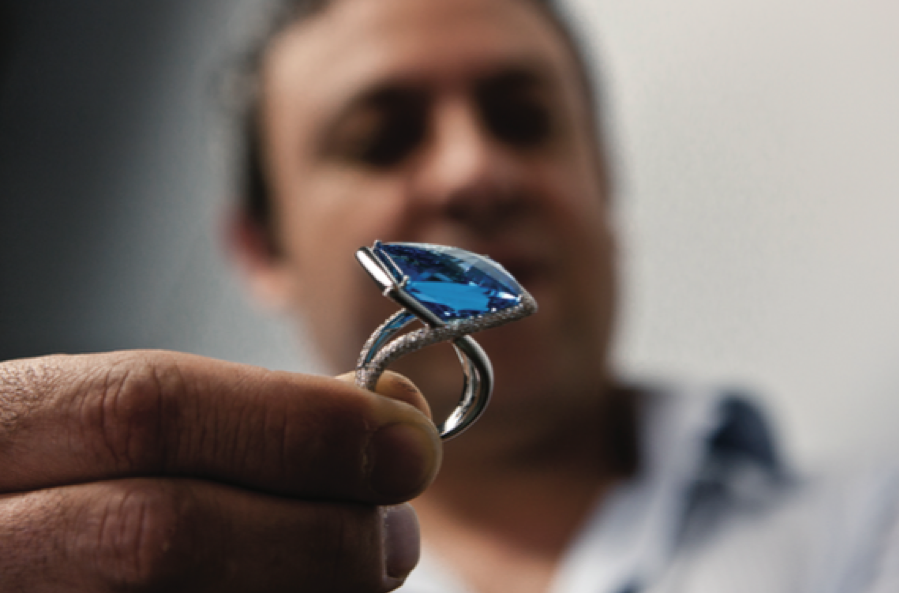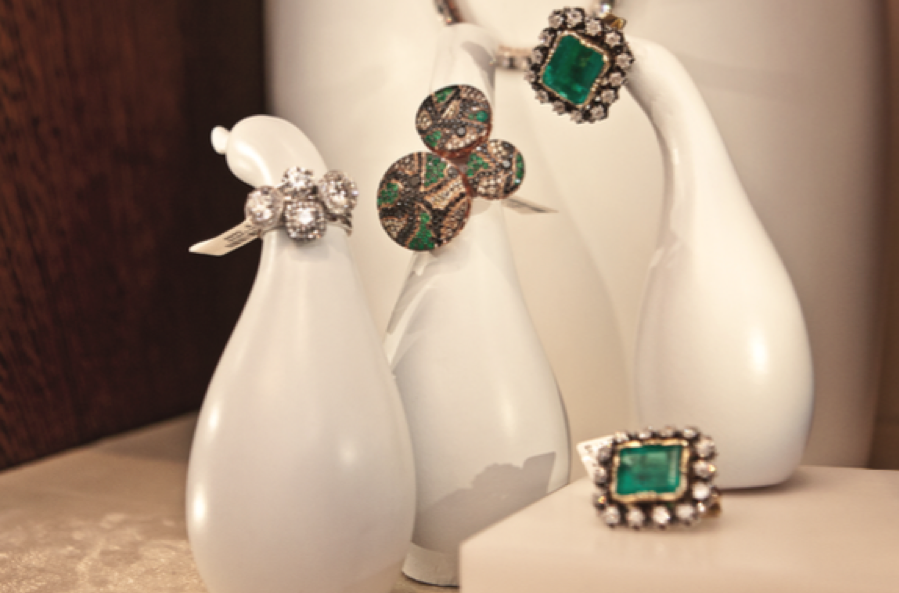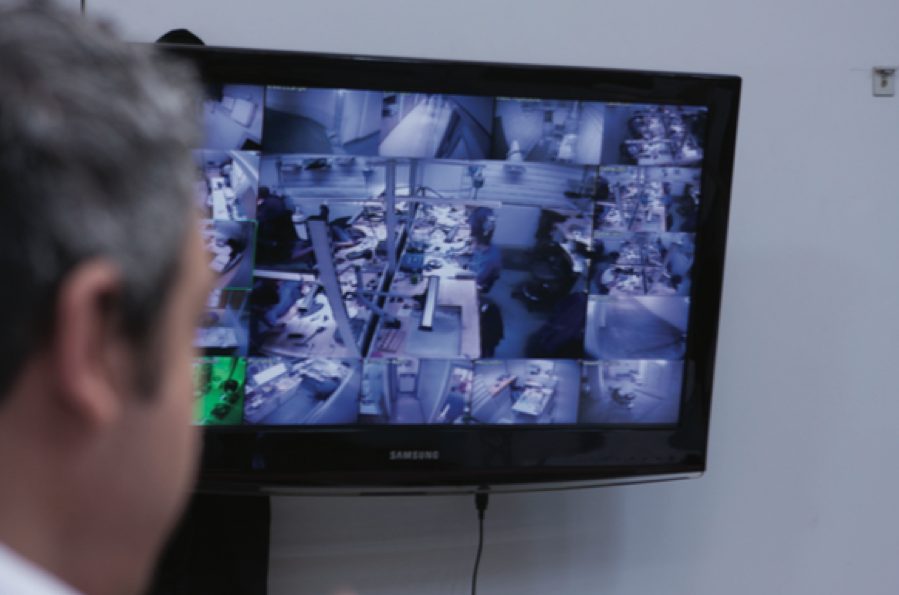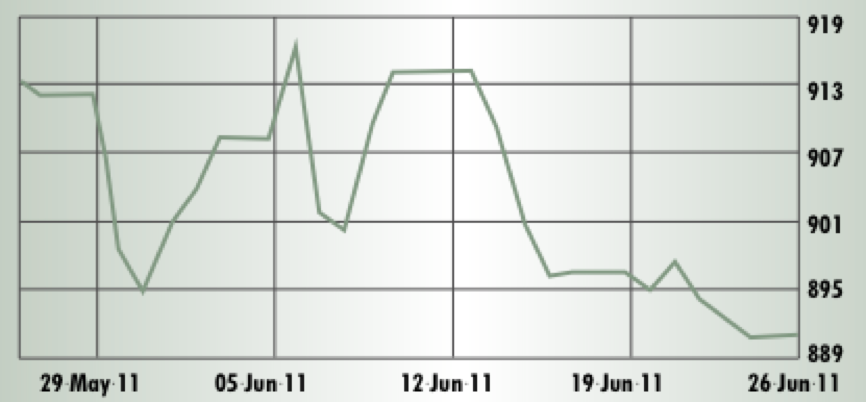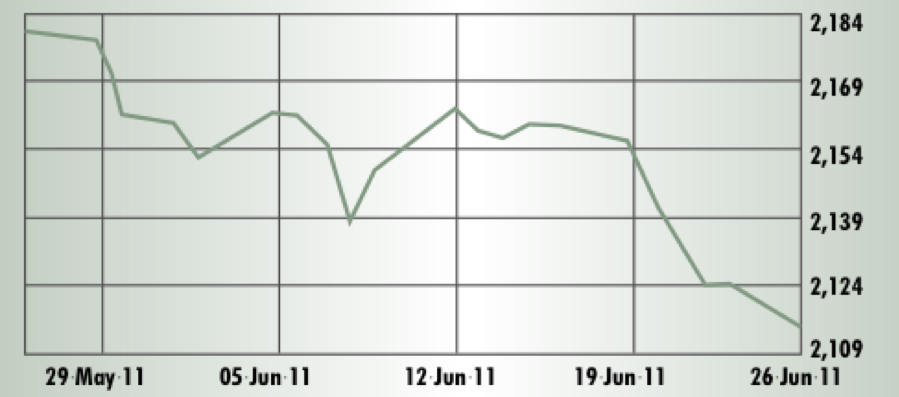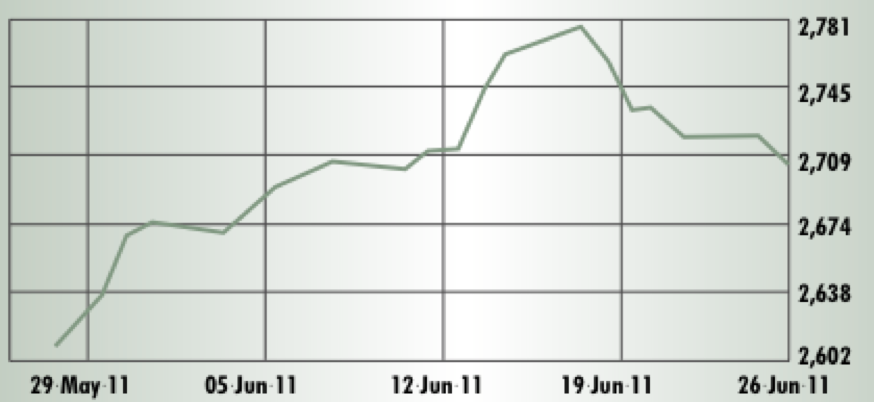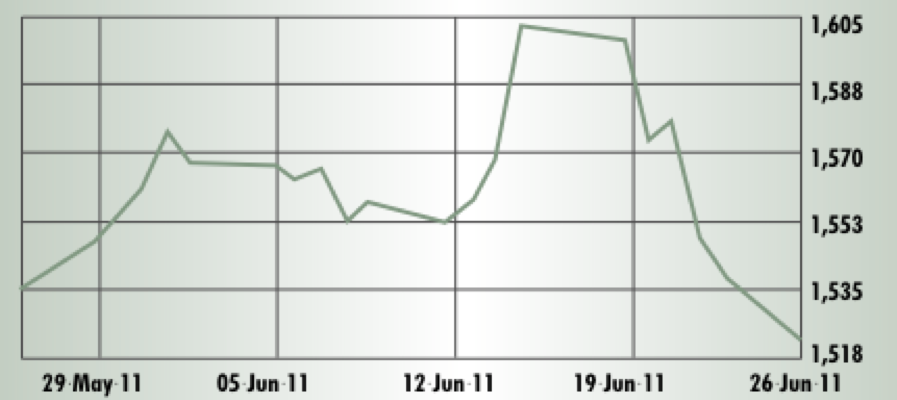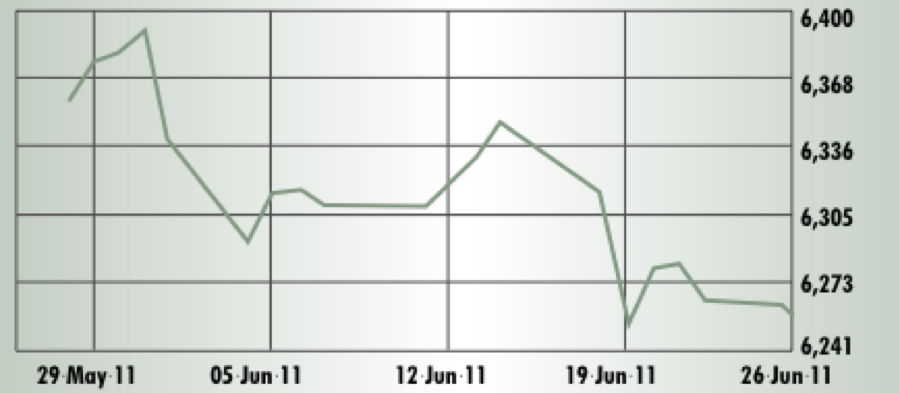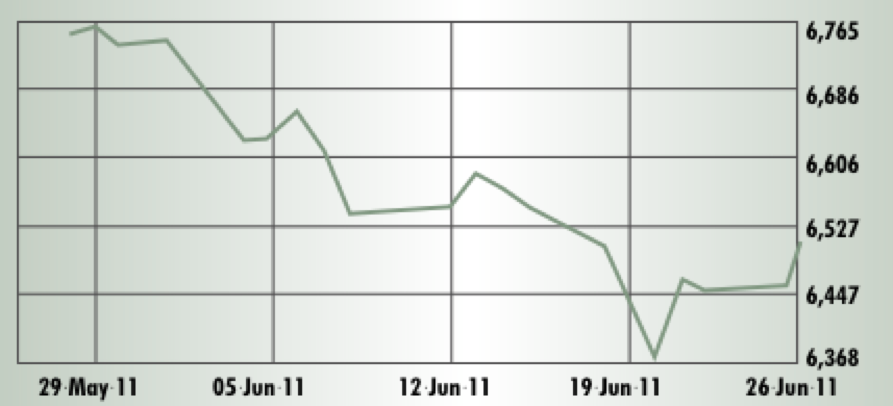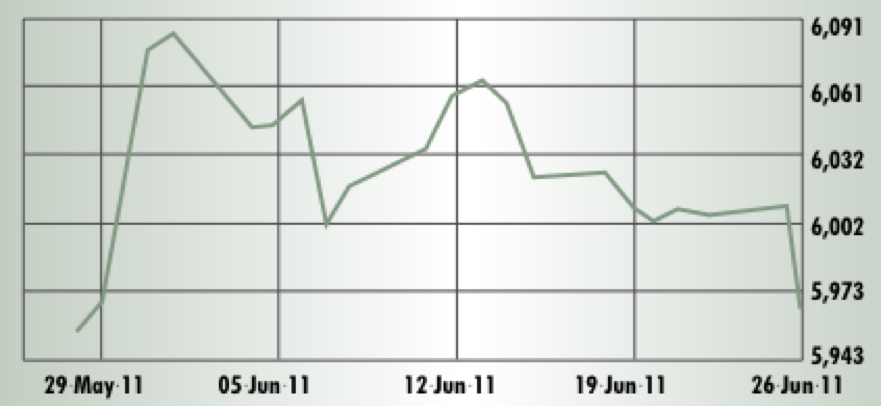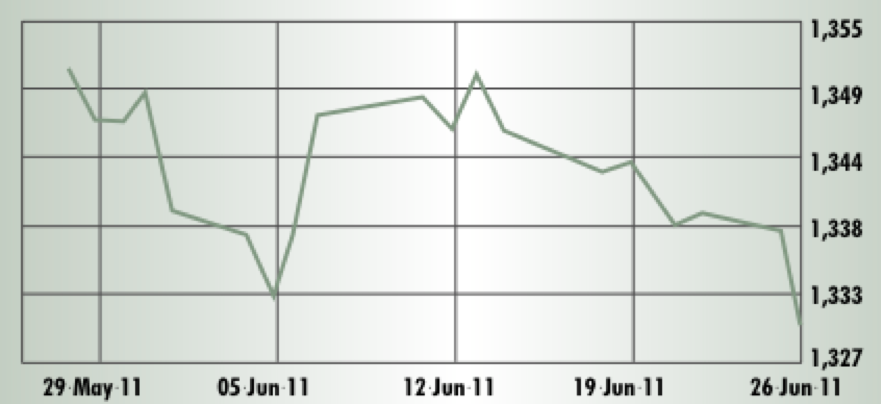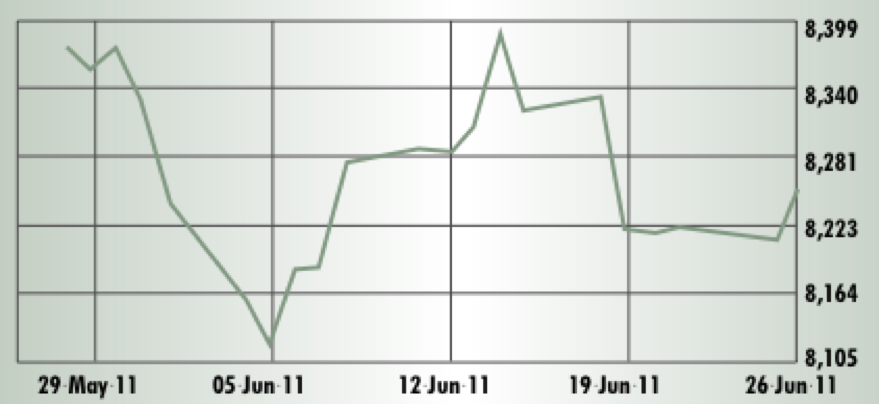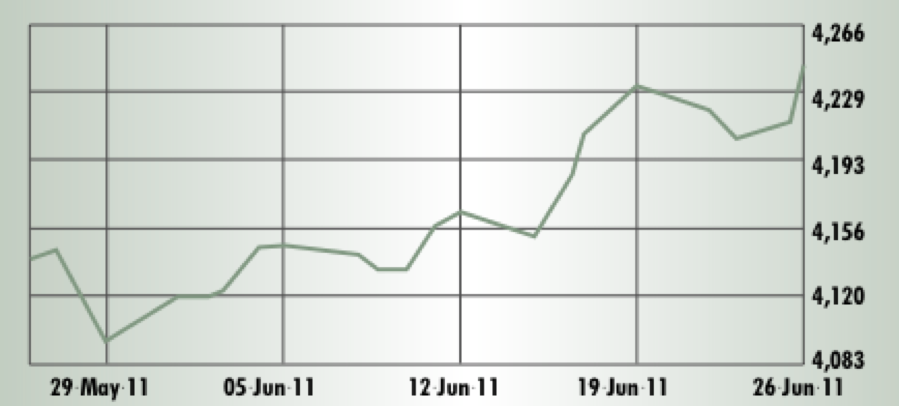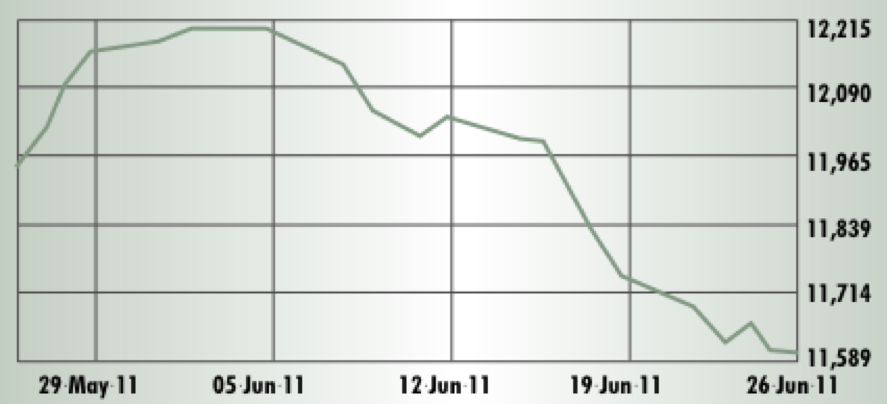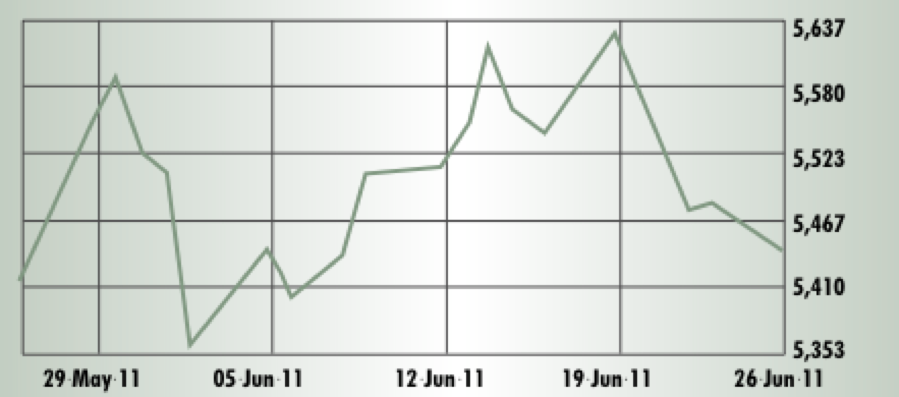Underground, down a dark driveway and below a nondescript building in the back streets of the Beirut neighborhood, Tabaris, is a small, unmarked door. Behind this secret portal a bounty of diamonds, sapphires, rubies, gold, platinum, pearls and other precious gems lies in wait. Here, a treasure trove of wishes is carefully and painstakingly molded, filed and polished by the finest expert craftsmen into symbols of luxury and cherished personal items that will eventually adorn fingers, ears, necklines and wrists.
Before it ends up on the velvet pillows of the Mouzannar showroom to be gawked at and drooled over, the giant aquamarine and diamond-encrusted platinum ring passes through many hands. Under the watchful eyes of more than 20 security cameras [1], the jewellers use age-old techniques, with the help of some modern technology, to perform their transformation of raw materials into glorious ostentation.
When the order for the ring comes in to the jeweller, the first step is selecting the stone. Then, using architectural software [2], the cast setting is digitally drawn in three dimensions. At this stage, the ring is moulded in wax [3], before the pure platinum is melted and poured into the setting. Emerging rough and unfinished [4,5], the ring is cleaned and weighed for value before being polished and filed; each tiny precious filing is collected on stainless steel trays for a later date. The giant piece of aquamarine, meanwhile, is weighed and examined in detail for quality, clarity and shape. The same treatment is given to the diamonds that will form the stone’s bed. Dozens of white diamonds pour from plastic zip-lock freezer bags [6] stored in rows in filing cabinets according to size and gem.
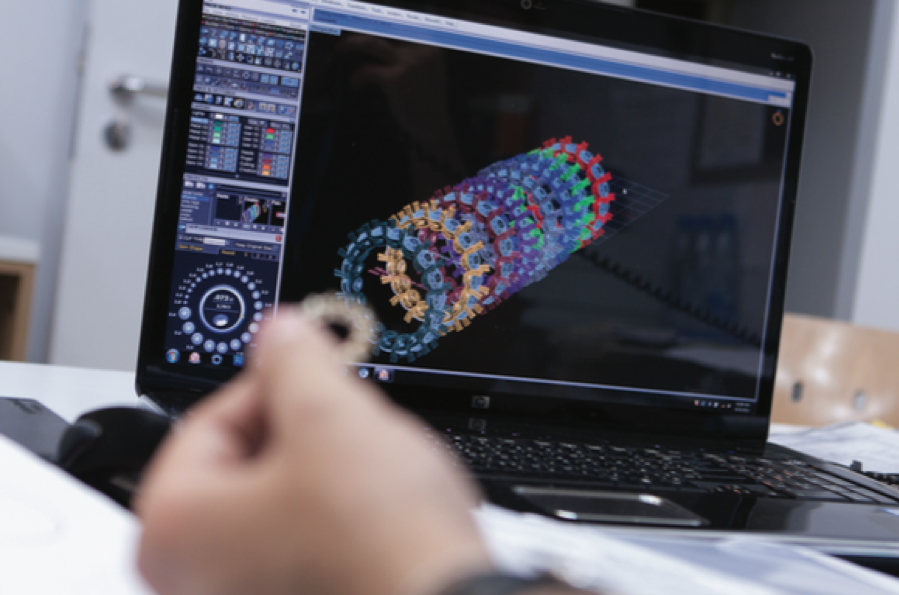
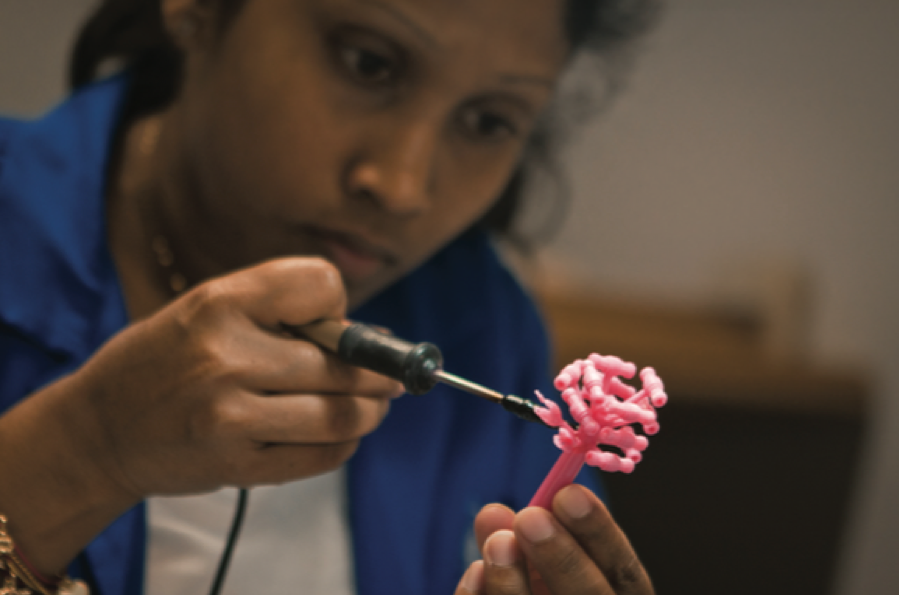
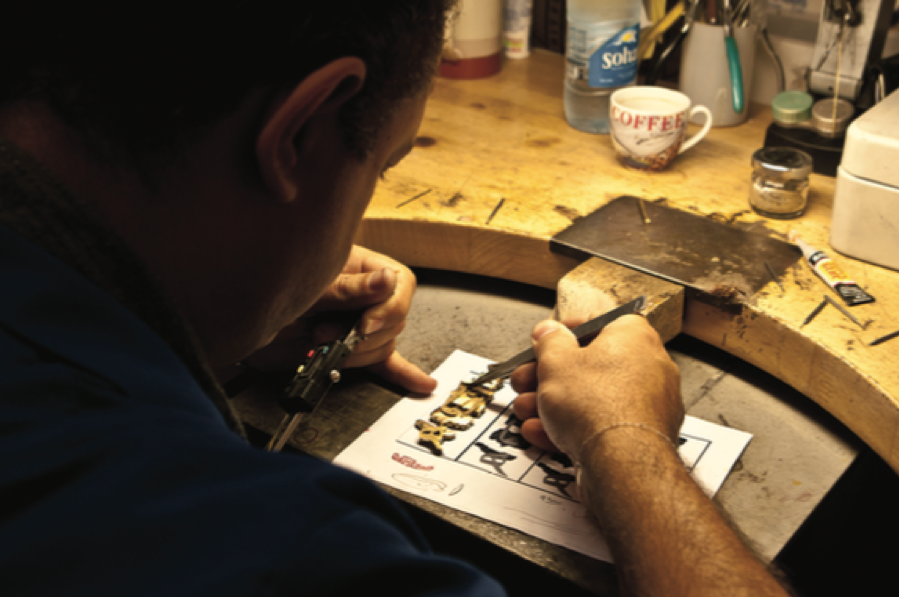
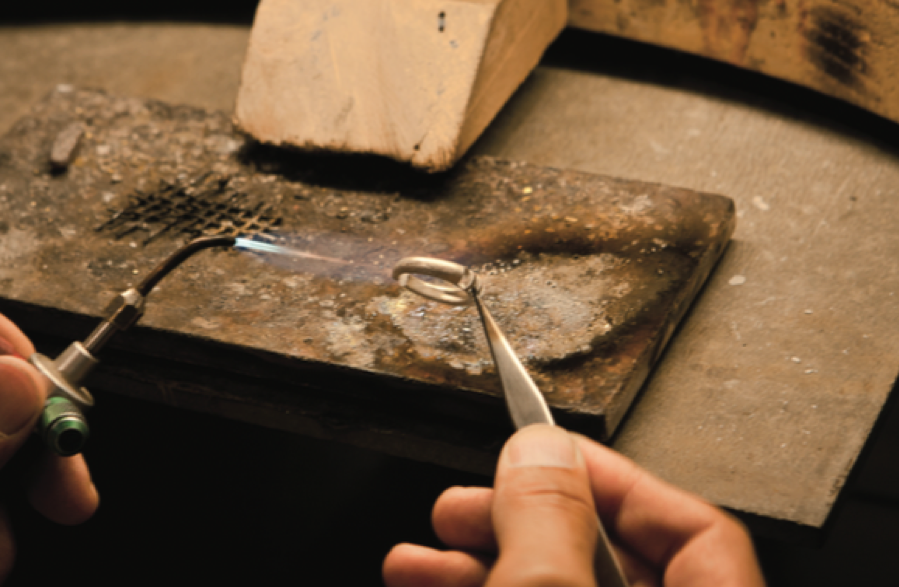
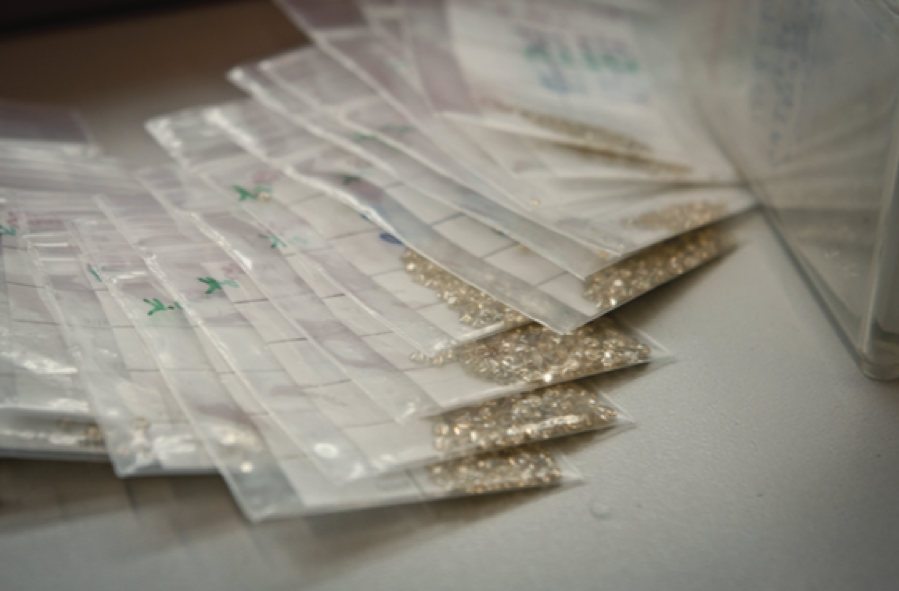
Once the gems are selected and prepared, they are ready to be set in the cast. The diamonds are laid out in tiny magnificent rows along the diameter, the aquamarine carefully fitted in its platinum jaw. Now, close to ready, the polishing [7,8] begins again — a process the jeweller explains will file away at least 10 percent of the original weight of the metal. At cleaning stage, the ring is plunged into a bucket of warm soapy water [9] using ordinary dishwashing liquid, then blasted with steam to remove any invisible scratches.
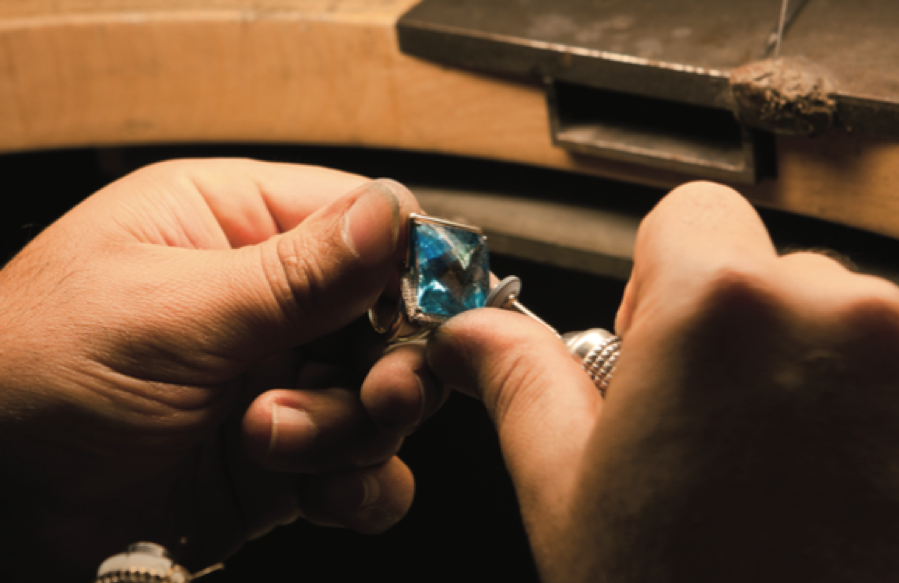
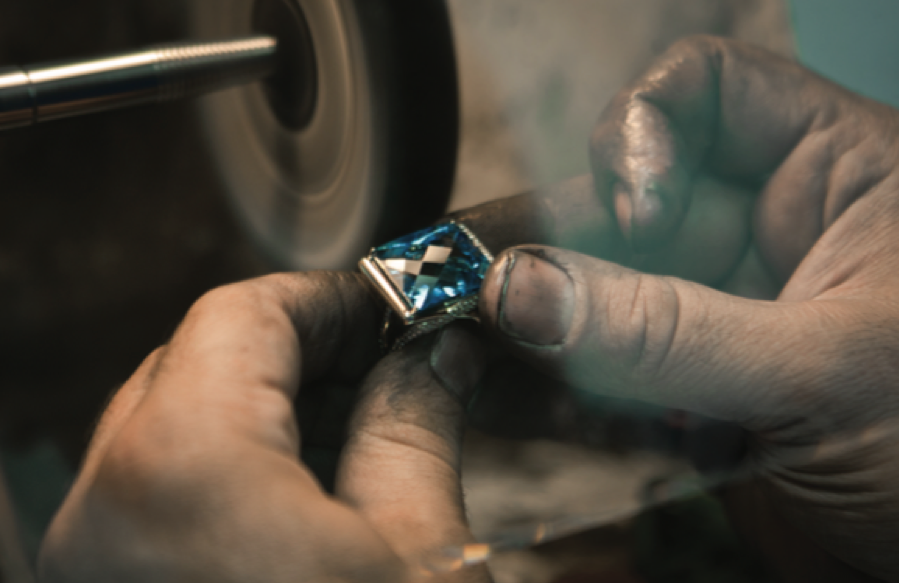
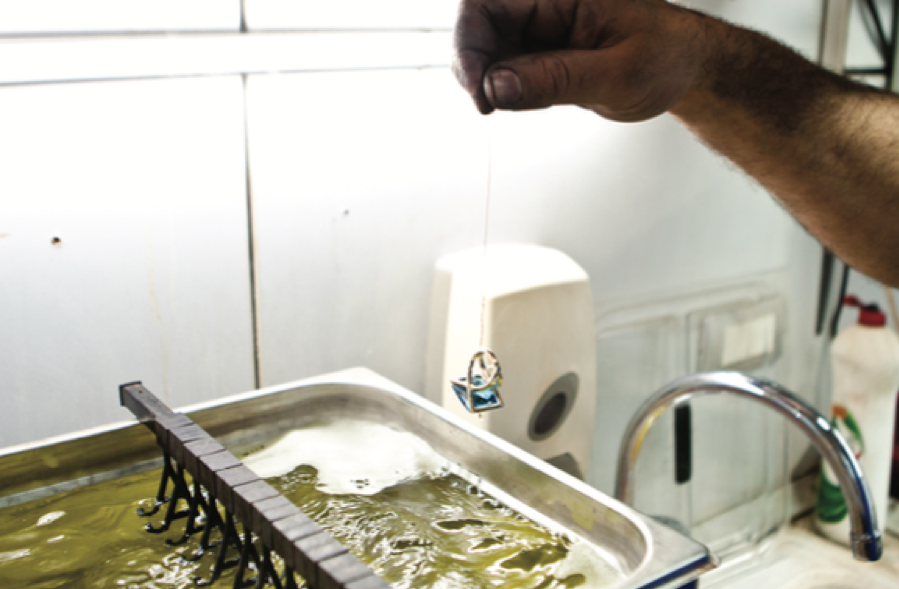
Finally the ring is submerged in salted water and exposed to an electric current to remove any lasting grease before getting a last bath and puff of steam. Still exhibiting golden tones, the ring is lastly dipped in rhodium [10], from which the metal emerges gleaming white. Dried with a hairdryer [11], the ring is ready to leave its humble home [12]. After a process that has taken three days, the ring is taken to the showroom for pricing and exhibition [13].
